In common usage, the expression “bird brain” is not very complimentary. But time and time again birds show this expression is not true.
A decent-sized shorebird, the bar-tailed godwit, flies more than 8,000 miles nonstop from Alaska to Tasmania in 11 days, mostly over the Pacific Ocean, with no landmarks to guide them. Juveniles make this flight successfully without adult guides since adults migrate south six weeks before the youngsters. Their brains obviously include an internal GPS to guide their voyage! And they alter their metabolism to build up food reserves prior to departure, slow it down during the flight, increase it upon arrival and then return to normal metabolism after they have regained their proper weights. All controlled by the brain. We cannot do that!
Chickadees, nuthatches, jays, crows and some woodpeckers all cache seeds, gathering them in the fall when food is plentiful and hiding them for future use during severe winter weather. It is the birds’ spatial memory that allows them to find the food they hid months before, and finding that food may determine whether or not the bird survives the winter. They may even move the seeds if they think that some other animal has discovered their cache.
Research has shown that black-capped chickadees in Alaska not only cache more food than did their more southern relatives but they also recover their cached food more efficiently. The increased success of these more northern birds is because the brains of northern birds are structured differently — the technical reasons being larger hippocampi and more neurons — than their southern cousins.
Other research using mountain chickadees showed that the same patterns are also present in birds living on mountains in Nevada. Chickadees at higher elevations had the more efficient brains, caching and recovering more food than their nearby cousins living lower on the same mountain.
Bird brains indeed!
The best bird sighting of the week is of three red crossbills, heard and seen by Shea Fee on Jan. 11 at Wasque. This is one of the irruptive northern finches that are supposed to be invading our area this winter, although we did not find any on Jan. 1 during the Christmas Bird Count.
Shea also spotted a merlin at Wasque. Another merlin was spotted by John Nelson at Katama on Dec. 12; he also spotted a male northern harrier, also known as the gray ghost. Other harrier sightings since the Bird Count include Tony Lima at Oyster Pond on Jan. 2, Shea Fee at Long Point on Jan. 7, Bob Shriner at the Gay Head Cliffs on Jan. 5, two seen by Matt Born on Jan. 6, and by Parker Fyfe-Kiernan on Jan. 7.
Martha Moore reports that on Jan. 16 a juvenile bald eagle was perched on the Long Point osprey pole.
Roger Cook found a lone white phase snow goose amongst a large flock of Canada geese in the fields at the Keith Farm on Jan. 8. This is how we typically find wild snow geese. A captive flock of 25 or so snow and blue geese live at Gus Ben David’s, but they are full-winged, fly around the Island and they frequent the high school athletic fields. They are not wild.
There has been an American coot hanging out at the Oak Bluffs pumping station. It was spotted on Jan. 1 by the Oak Bluffs field team during the Bird Count, by Antone Lima on Jan. 2 and by Parker Fyfe-Kiernan on Jan. 14. Luanne Johnson and Margaret Curtin spotted a coot at Crystal Lake and it was observed again by Francesca Zeta on Jan. 10.
Red-winged blackbirds are around in small numbers; they are either attempting to overwinter or are southbound migrants. This species was found during the Bird Count by the Oak Bluffs team at Felix Neck, by the Lambert’s Cove team at Tashmoo Springs and three were reported on feeder counts. More recently, Parker Fyfe-Kiernan found a flock of 10 red-wings on Jan. 9 near the end of Indian Hill Road in West Tisbury. In that flock were two common grackles, the first seen this year.
Yellow-bellied sapsuckers drill horizontal rows of holes into tree trunks and later return to the holes to drink the dripping sap and to catch any insects that were attracted to the sap. One was spotted by the Lambert’s Cove field team on the Bird Count, and Nancy Weaver and Margaret Curtin found one near the Wakeman Center on Jan. 10.
Great cormorants are winter residents that tend to perch on offshore boulders. They seem to be fairly scarce this winter but Matt Born found a high count of 25 off the Gay Head Cliffs on Jan. 6, while on Jan. 14 Bob Shriber only found one. The high count for Squibnocket Beach is 35 observed by Bob Shriber on the Bird Count.
Gulls that lack any black on their wingtips are called white-winged gulls. Two species are found here: Iceland gulls are smaller than a herring gull while glaucous gulls are larger. We saw both species on the Bird Count, a glaucous at Tisbury Great Pond and an Iceland at Squibnocket Pond. Charles Morano spotted an Iceland gull at Squibnocket on Jan. 13, possibly the same individual.
Last week this column reported on a seabird show, with multiple reports of razorbills, including at least 2,500 streaming southward past the Gay Head Cliffs in one hour on Jan. 8. Two other alcids — dovekies and two common murres — were observed on the Bird Count, as were northern gannets and black-legged kittiwakes. Seabirds all! On Jan. 9, Matt Born reports a flock of 25 razorbills from the Gay Head Cliffs.
Unfortunately, when there are large numbers of seabirds around, there will be some mortality. On Jan. 12 John Nelson found a dead dovekie at the boat launch ramp at Eel Pond, and Mike McCauley found a dead gannet on Norton Point Beach.
Please email your sightings to birds@mvgazette.com.
Robert Culbert is an ecological consultant with Nature Watch LLC living in Vineyard Haven.

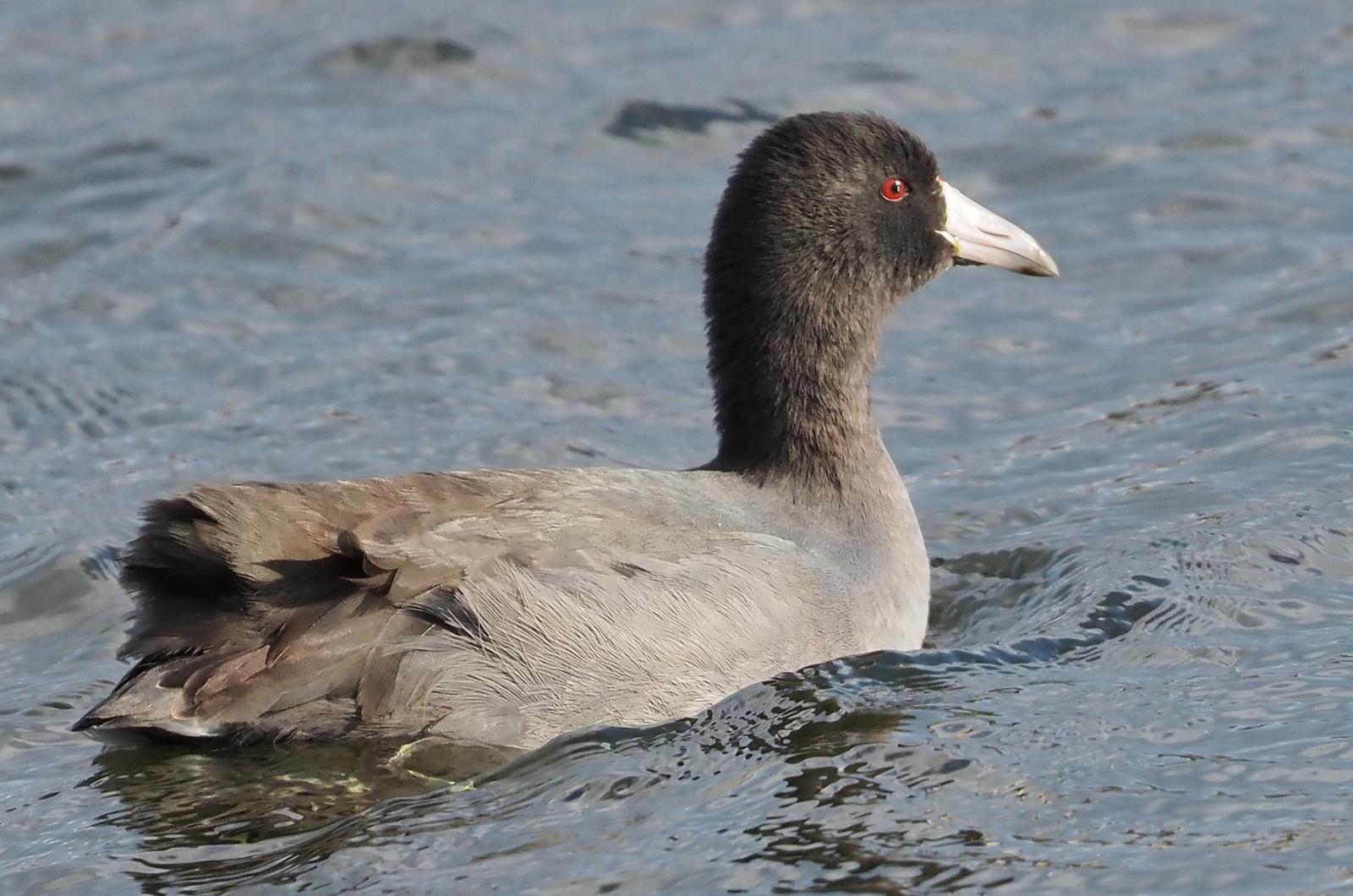
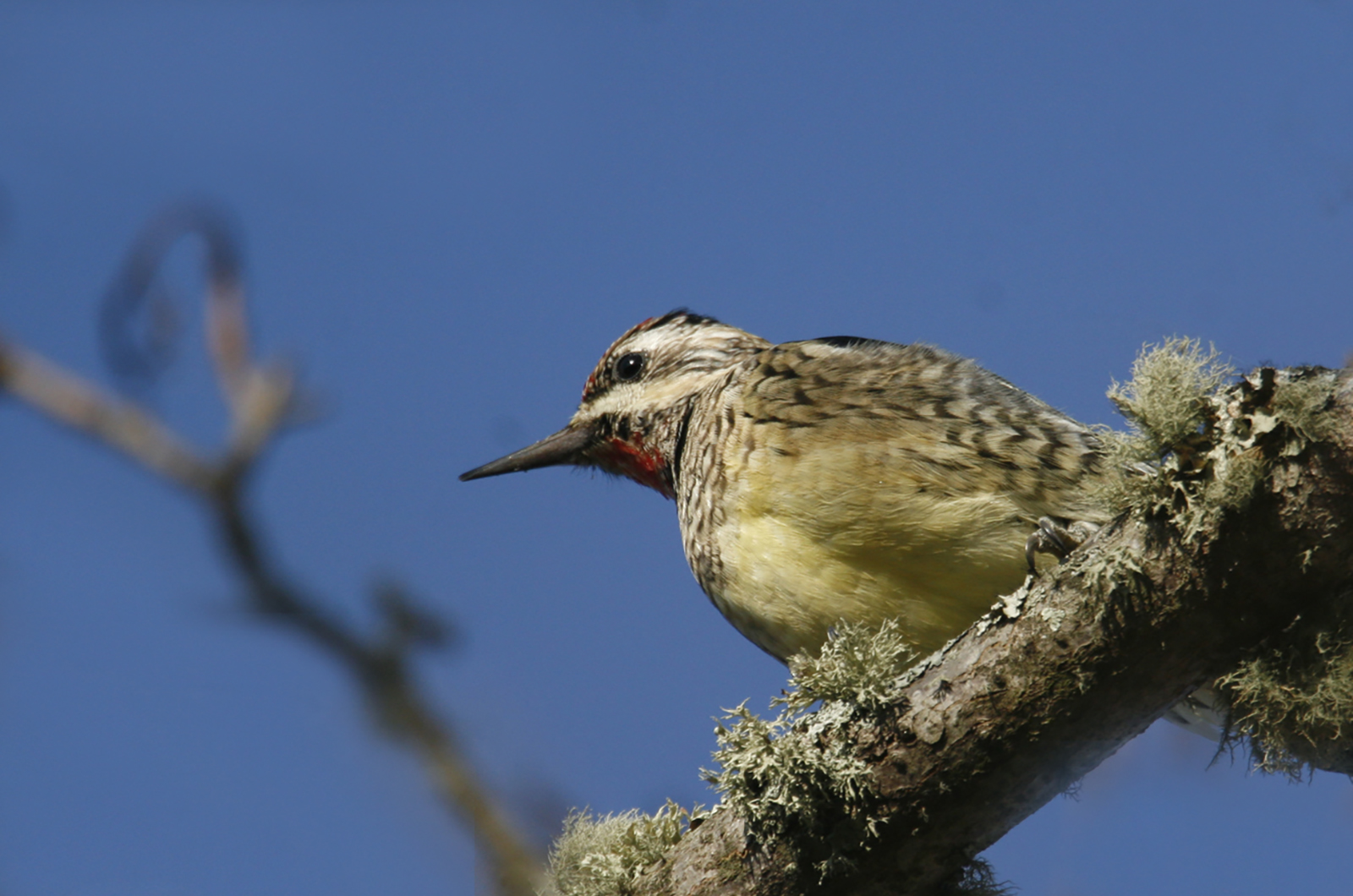
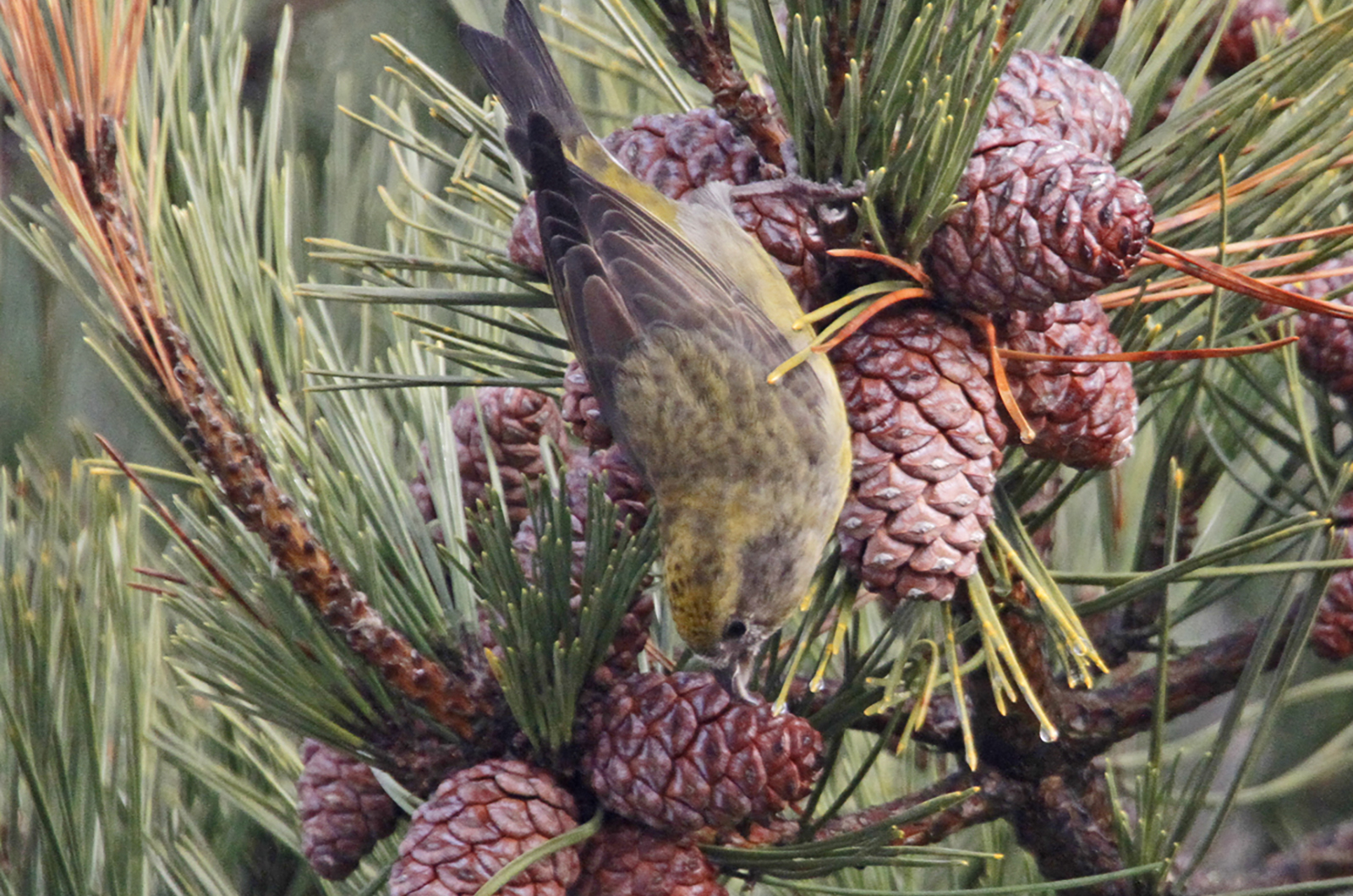
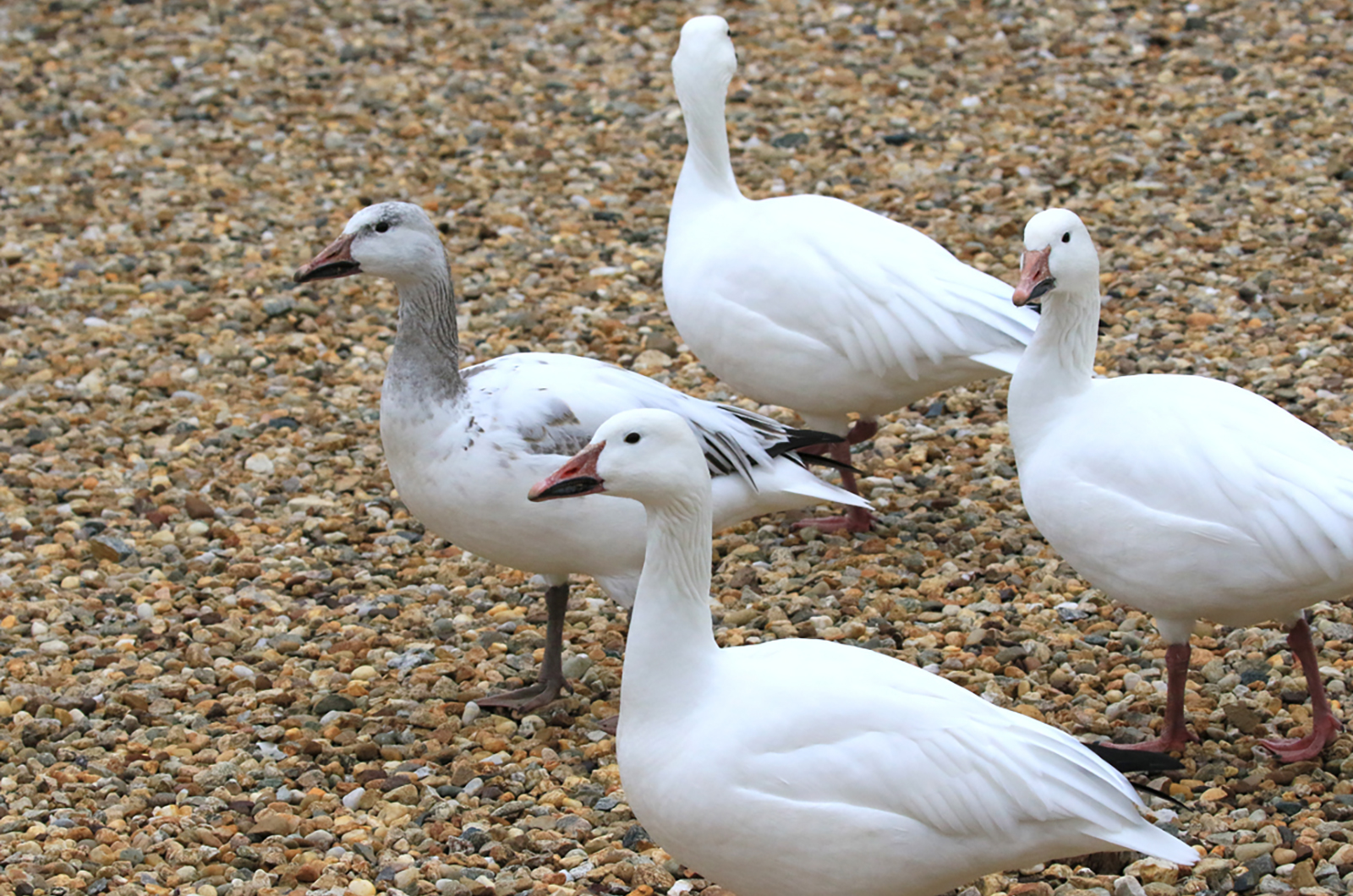
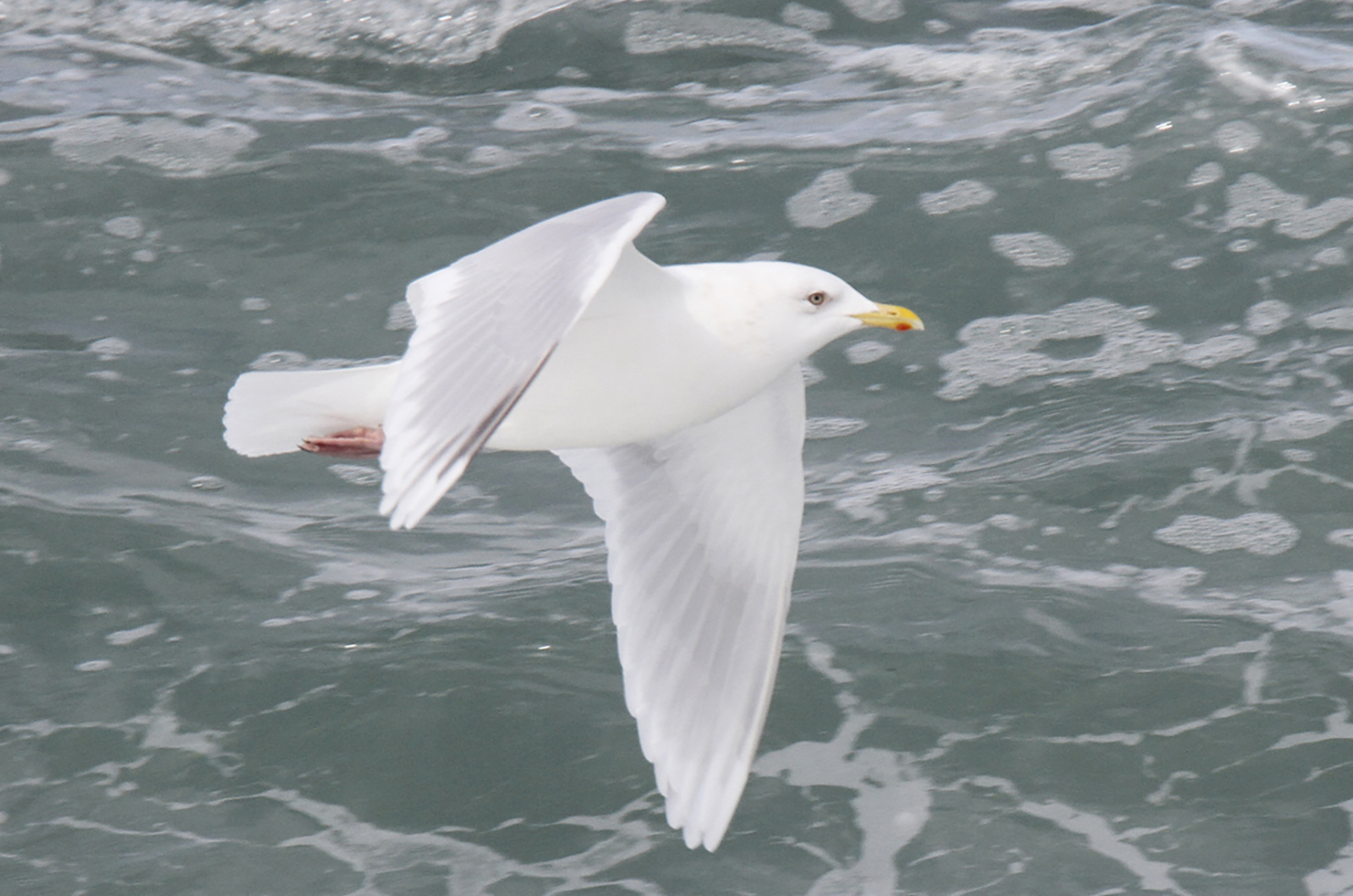


Comments
Comment policy »